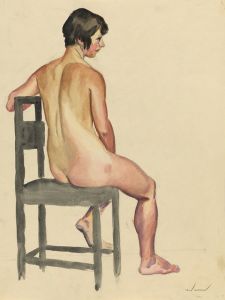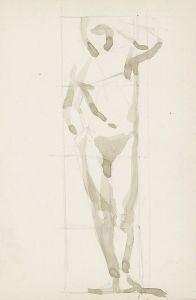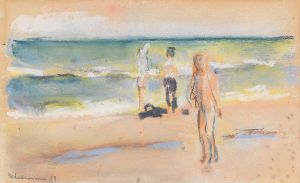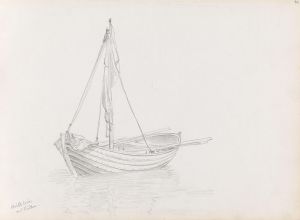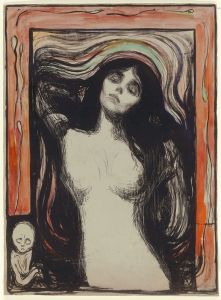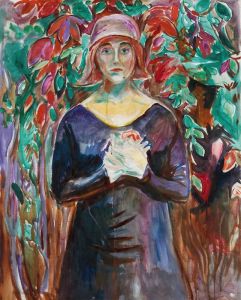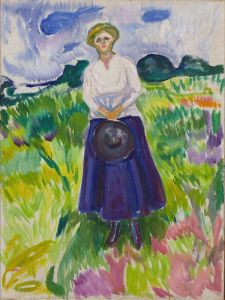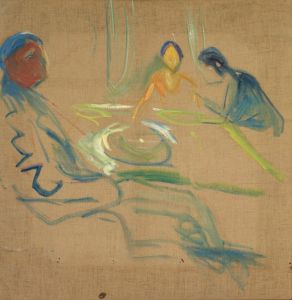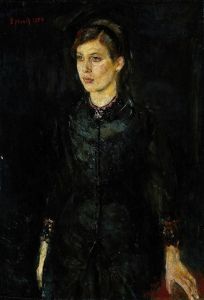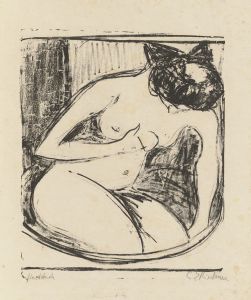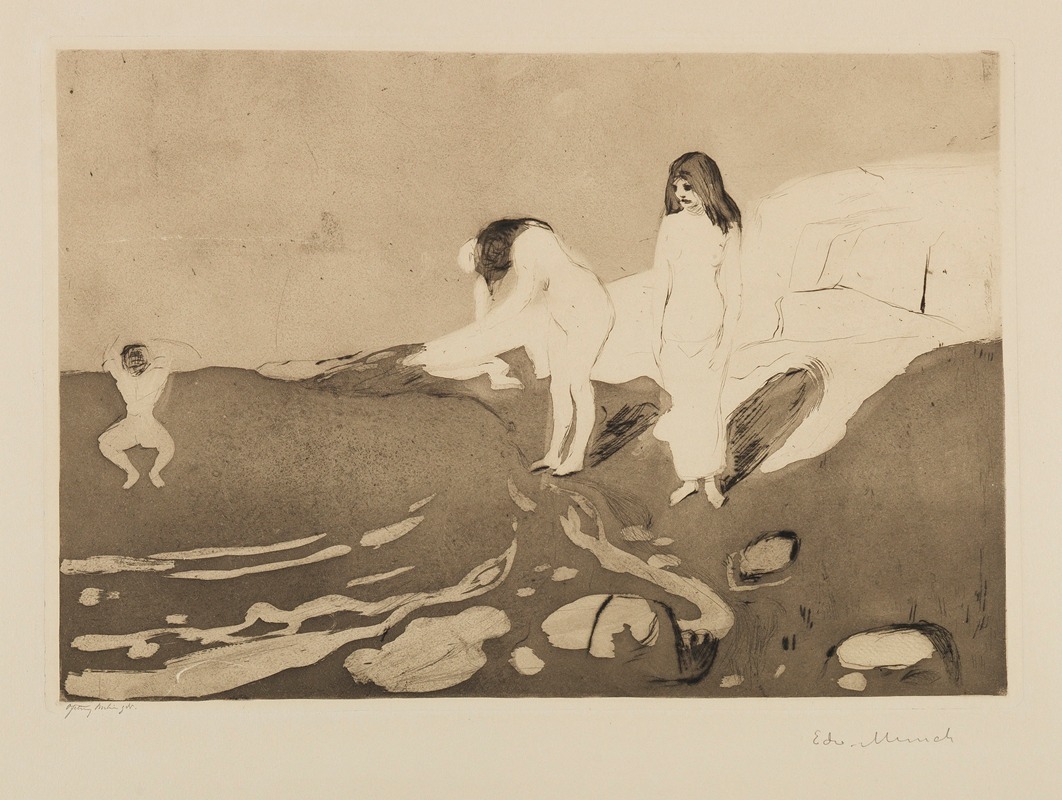
Bathing Women
A hand-painted replica of Edvard Munch’s masterpiece Bathing Women, meticulously crafted by professional artists to capture the true essence of the original. Each piece is created with museum-quality canvas and rare mineral pigments, carefully painted by experienced artists with delicate brushstrokes and rich, layered colors to perfectly recreate the texture of the original artwork. Unlike machine-printed reproductions, this hand-painted version brings the painting to life, infused with the artist’s emotions and skill in every stroke. Whether for personal collection or home decoration, it instantly elevates the artistic atmosphere of any space.
Edvard Munch, a Norwegian painter and printmaker, is widely recognized for his emotionally charged and symbolist works. Among his extensive body of work, "Bathing Women" is one of his paintings that reflects his recurring themes of human emotion, nature, and existentialism. Painted in 1897-1898, this artwork is part of Munch's exploration of the human figure in natural settings, a theme that he revisited frequently throughout his career.
"Bathing Women" depicts a group of women in a natural, outdoor setting, likely near a body of water. The figures are shown in various poses, some standing and others seated, with their forms rendered in Munch's characteristic style—elongated and simplified, emphasizing mood and atmosphere over strict realism. The painting is notable for its use of bold, expressive colors and dynamic brushstrokes, which create a sense of movement and vitality. The composition captures a moment of leisure and connection with nature, a theme that aligns with Munch's interest in the interplay between humanity and the natural world.
This painting is part of a broader tradition in European art that explores the theme of bathing, which has been a subject of artistic representation for centuries. However, Munch's approach is distinct in its emotional depth and modernist sensibility. Rather than idealizing the figures or focusing on anatomical precision, Munch emphasizes the psychological and symbolic dimensions of the scene. The women appear both connected to and isolated within the natural environment, a duality that reflects Munch's broader exploration of human existence and emotion.
"Bathing Women" is also significant within the context of Munch's artistic development. During the late 19th century, he was deeply influenced by Symbolism and the emerging currents of modernism, which encouraged artists to move beyond traditional representation and explore subjective experience. This painting exemplifies Munch's ability to convey complex emotions and ideas through simplified forms and evocative color palettes.
The painting is housed in the Munch Museum in Oslo, Norway, which holds the largest collection of Munch's works. The museum provides valuable insight into Munch's artistic journey, showcasing his evolution as an artist and his contributions to modern art. "Bathing Women" remains an important example of Munch's ability to merge personal expression with universal themes, making it a noteworthy piece within his oeuvre.





